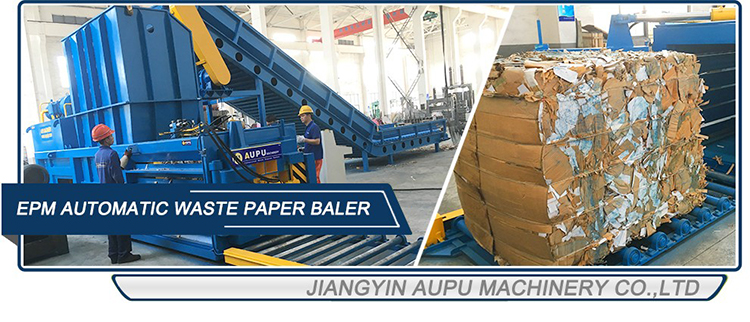Achieving higher bale density improves transport efficiency, storage capacity, and resale value of recyclables. Here are proven strategies to optimize density:
1. Adjust Hydraulic Pressure
-
Increase PSI: Gradually raise pressure (within manufacturer limits) to compress material more tightly.
-
Example: Cardboard may need 2,200–2,800 PSI vs. plastics at 3,000+ PSI.
-
-
Pre-Compression: Use a pre-press ram to compact material before main compression.
2. Optimize Material Preparation
-
Shredding: Reduce feedstock size (e.g., shred cardboard) for tighter packing.
-
Moisture Control: Dry materials (e.g., <15% moisture) compress more efficiently.
3. Modify Chamber Design
-
Smaller Chamber: Restrict bale dimensions (e.g., 1m × 0.8m vs. 1.2m × 1m) for higher force concentration.
-
Side Compression: Add lateral rams to squeeze material from multiple directions.
4. Material-Specific Techniques
-
Paper/Cardboard: Layer evenly to avoid air pockets.
-
Plastics: Use heated plates (50–70°C) to soften and reduce rebound.
-
Metals: Apply slow, high-force compression (300+ tons) to minimize spring-back.
5. Monitor & Calibrate
-
Load Sensors: Install real-time pressure feedback systems to adjust force dynamically.
-
Bale Weight Checks: Target densities:
-
Cardboard: 500–700 kg/m³
-
PET bottles: 300–450 kg/m³
-
6. Maintenance for Consistency
-
Seal Integrity: Worn hydraulic seals reduce effective pressure.
-
Sharp Blades: Dull cutting edges leave bulky scraps.
-








